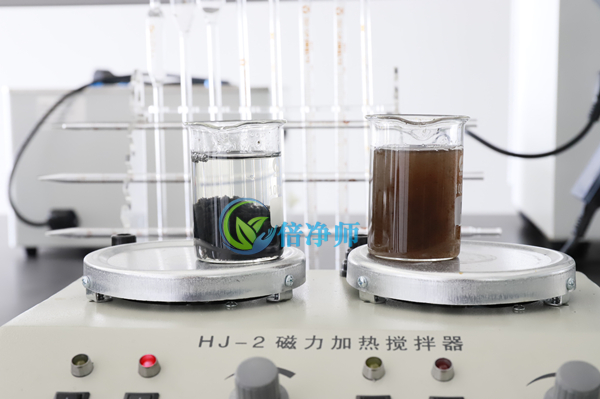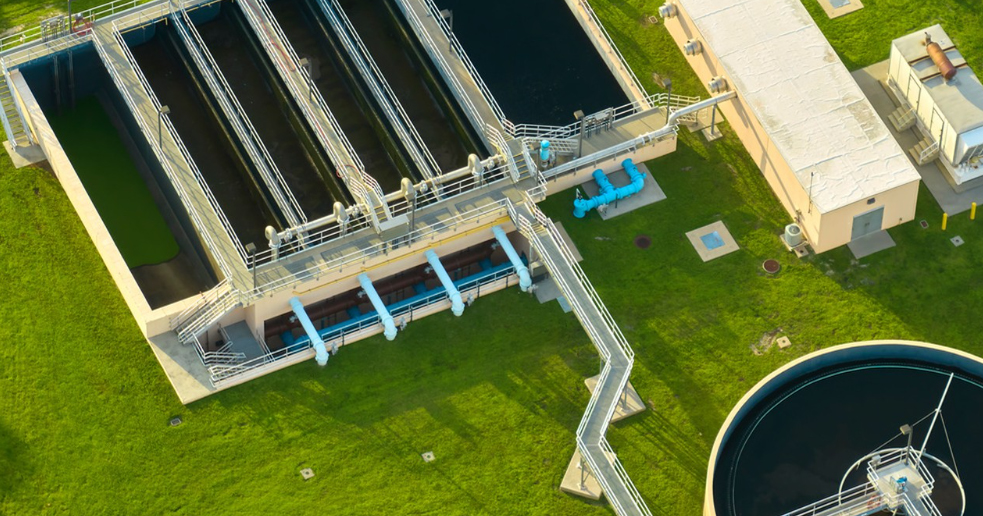Decolorization of wastewater is an important task in the water treatment process, especially when dealing with industrial wastewater containing dyes and other colored substances. The following are several commonly used methods and technologies for wastewater decolorization:
1.Decolorization by Chemical Method
The chemical method uses an environmentally friendly decolorizing agent. The principle of decolorization is the flocculation precipitation method. It is a new generation of inorganic polymer flocculants and a polynuclear complex. In the water treatment process, it has the characteristics of strong adsorption capacity, fast formation speed of flocs, dense alum flowers, fast sedimentation speed, good filtration performance, a wide applicable pH value range, and good treatment effect on raw water with low temperature and high turbidity. It has multiple functions: it can assist in removing a small amount of organic matter, suspended solids, heavy metals, sulfides and carcinogens in water, and has remarkable effects on decolorization, oil removal, deodorization and sterilization. It is widely applicable: it is applied to domestic drinking water, industrial sewage, environmental protection sewage treatment, etc. It is easy to use. Just add it directly to the wastewater, and it can achieve decolorization without the need to add or change the process or equipment.
2.Decolorization by Flocculating Decolorizing Agent Method
Inorganic flocculants and organic anionic flocculants are an organic polymer flocculant that integrates decolorization, flocculation and COD removal. The coloring substances in the wastewater are flocculated by the flocculant and precipitated for decolorization. It is mainly used for wastewater with relatively high chromaticity, and obvious changes can be observed. The flocculation decolorization technology has the advantages of low investment cost, small equipment footprint and large treatment capacity, and is a commonly adopted decolorization technology.
3.Decolorization by Oxidation Method
The oxidation decolorization method refers to using the oxidizing properties of substances such as chlorine, ClO₂, O₃, H₂O₂, HClO₄ and hypochlorites to break the chromophoric groups in the wastewater or change their chemical structures under certain conditions, so as to achieve the purpose of wastewater decolorization. Commonly used oxidants generally include ozone, chlorine gas, sodium hypochlorite, etc.
4.Decolorization by Electrolysis
The electrochemical method purifies the printing and dyeing wastewater through electrode reactions. According to the classification of electrode reaction modes, the electrochemical method can be further divided into internal electrolysis method, electroflocculation and electroflotation method, and electrooxidation method. Each of the above methods has its own advantages and disadvantages and is suitable for different types of wastewater and treatment requirements. In practical applications, an appropriate decolorization method can be selected according to the specific situation.
5.Decolorization by Adsorption Method
The adsorption decolorization method removes the chromaticity in the wastewater through the adsorption effect of the adsorbent. Commonly used adsorbents include activated carbon, clay, organic bentonite, coal cinder, furnace slag, etc., and these materials are inexpensive and easy to obtain. In addition, ion exchange fibers, modified bentonite, etc. also have chemical adsorption effects.

Each of the above methods has its own advantages and disadvantages. The specific choice of which method depends on factors such as the nature of the wastewater, treatment cost, and treatment efficiency. In practical applications, it is often necessary to combine multiple methods for comprehensive treatment to achieve the best decolorization effect.












